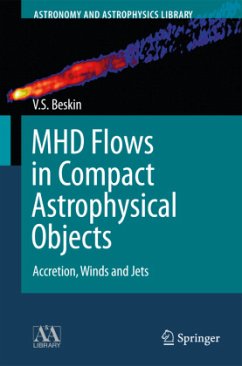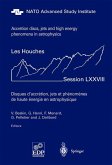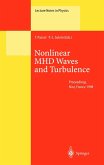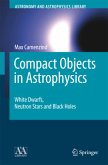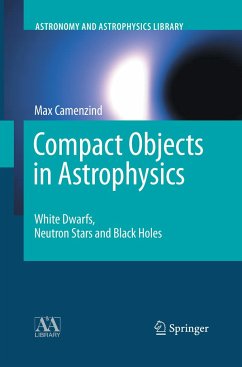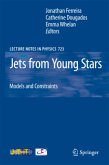Accretion flows, winds and jets of compact astrophysical objects and stars are generally described within the framework of hydrodynamical and magnetohydrodynamical (MHD) flows. Analytical analysis of the problem provides profound physical insights, which are essential for interpreting and understanding the results of numerical simulations. Providing such a physical understanding of MHD Flows in Compact Astrophysical Objects is the main goal of this book, which is an updated translation of a successful Russian graduate textbook. The book provides the first detailed introduction into the method of the Grad-Shafranov equation, describing analytically the very broad class of hydrodynamical and MHD flows. It starts with the classical examples of hydrodynamical accretion onto relativistic and nonrelativistic objects. The force-free limit of the Grad-Shafranov equation allows us to analyze in detail the physics of the magnetospheres of radio pulsars and black holes, including the Blandford-Znajek process of energy extraction from a rotating black hole immersed in an external magnetic field. Finally, on the basis of the full MHD version of the Grad-Shafranov equation the author discusses the problems of jet collimation and particle acceleration in Active Galactic Nuclei, radio pulsars, and Young Stellar Objects. The comparison of the analytical results with numerical simulations demonstrates their good agreement. Assuming that the reader is familiar with the basic physical and mathematical concepts of General Relativity, the author uses the 3+1 split approach which allows the formulation of all results in terms of physically clear language of three dimensional vectors. The book contains detailed derivations of equations, numerous exercises, and an extensive bibliography. It therefore serves as both an introductory text for graduate students and a valuable reference work for researchers in the field.
From the reviews: "The volume primarily addresses the Grad-Shafranov approach to describe axisymmetric stationary flows around astrophysical objects, including ones where General Relativity is important. ... Each chapter has an abstract and an introduction to the kinds of sources to which its equations apply. ... the astrophysics-group ... able to make more use of it than I can." (Viginia Trimble, The Observatory, Vol. 130 (1214), June, 2010)

